After ascending the throne, Qin Shi Huang (259 - 210 BC) heard a report from the government that in the Western Regions (Central Asia today) there was a strange phenomenon - people who died suddenly in the country of Dai Uyen came back to life after birds dropped a type of grass on their faces.
Qin Shou Huang immediately sent someone to bring the grass to ask Mr. Gui Gu, a sage who had lived in seclusion for many years. He said that it was the Immortal grass, originating from Zuzhou in the East Sea - Zuzhou was a land where fairies lived according to ancient Chinese mythology.
The grass that grows in the fields of Quynh is also called Duong Than Chi. Its leaves resemble those of the lotus root. Just one stalk can save thousands of lives. When Qin Shi Huang heard this, he immediately sent Xu Fu with 3,000 boys and girls to take a boat out to sea to search for it.
In the Records of the Grand Historian, the first book to record Xu Fu's journey to the East, Sima Qian summarized Xu Fu's life in a few short words, but left behind a mystery that later generations could never solve.
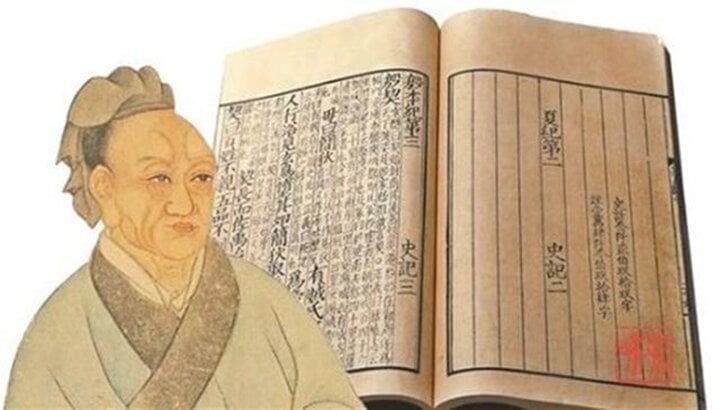
Tu Phuc. (Photo: Sohu)
According to the Records of the Grand Historian, in the 28th year of Qin Shi Huang (219 BC), "there were three immortal mountains on the sea, namely Penglai, Fangzhang, and Yingzhou. Following the king's orders, Xu Fu took thousands of boys and girls on boats to the sea to look for immortals." Due to the lack of fate, Xu Fu was unable to find the immortals that time.
Xu Fu was from Langjiang (a region in Shanxi Province, northern China). He was a famous alchemist during the Qin Dynasty. He was knowledgeable in medicine, astronomy, navigation, and many other subjects.
Xu Fu was a man respected by the sea. He was always willing to help others. Legend has it that Xu Fu was a disciple of Master Guigu. He knew the art of fasting, qigong, immortality cultivation, and was proficient in martial arts.
In the 37th year of Qin Shi Huang's reign (210 BC), the king arrived at Lang Jiang. Xu Fu reported that there was Penglai grass, but sharks appeared in the sea so it could not be obtained. Xu Fu requested that archers be sent to kill the sharks. Qin Shi Huang agreed. So Xu Fu once again led 3,000 boys and girls, hundreds of archers, and grains to the sea. Qin Shi Huang passed away before Xu Fu could return.
Sima Qian's "Historical Records" does not mention Xu Fu's journey east to Japan, nor his whereabouts. However, Sima Qian mentioned in "Hengshan Huainan Zhuan" that "Xu Fu reached the Guangze Plains (the vast land), but the king did not reach there". It was not until the Later Zhou Dynasty (951 - 960), that the monk Yi Chu of Kaiyuan Temple (present-day Heze, Shandong Province) first revealed Xu Fu's whereabouts in a poem.
"Japan, also known as Wa Country, is located in the East Sea. During the Qin Dynasty, Xu Fu and 500 boys and 500 girls set foot on this country. The people there are still the same as those in Chang'an (the capital of the Qin Dynasty). More than 1,000 miles to the northeast, there is a mountain called Fuji, nicknamed Penglai. Xu Fu stayed here, and to this day his descendants all bear the surname Qin." This is the first record in ancient Chinese literature about Xu Fu and his journey to the East.
Some people believe that the poem originated from a story told by Master Hengshun, a Japanese monk who came to China. Hengshun was a good friend of Yishun. He was a monk during the reign of Emperor Daigo of Japan, and came to China in 927.
The first record in Japan of Xu Fu's journey to the East in search of the elixir of immortality is "Stories of the Past" edited by Gen Takakuni, a Japanese royal official in the 11th century, but it does not specifically mention "Xu Fu went to Japan".
It was not until the book "The Orthodox History of the Emperor" compiled by the great minister Kitahata Oyabo of the Southern Dynasty of Japan and published in 1339 that it was specifically recorded that "Tu Phuc went east", the destination was "the bridge of immortality" in Japan.
The book says, "When Qin Shi Huang ascended the throne and wanted to become an immortal, he asked Japan to provide him with the elixir of immortality. Japan longed for the ancient book of the Three Sovereigns and Five Emperors, and Shi Huang sent someone to bring it over." This is the first time Japan has publicly acknowledged the legend of Xu Fu.
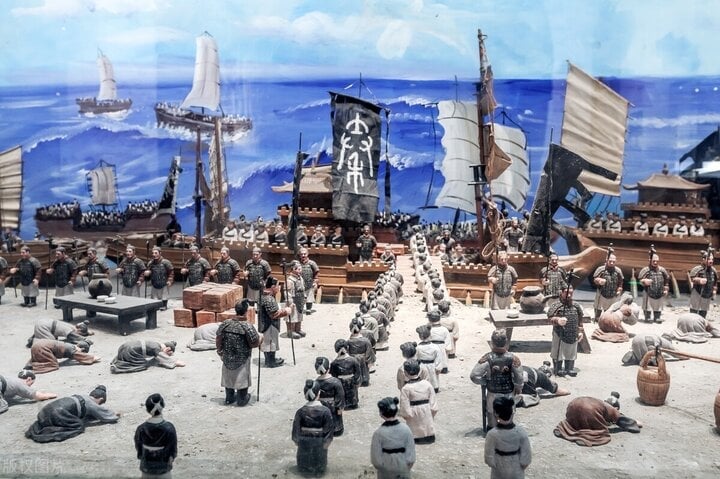
Scene of Tu Phuc taking people to find the herb of immortality. ( Photo: Sohu)
In the Jinli Shrine in Saga Prefecture, Japan, three gods are worshiped: the god of grain, the god of water, and Xu Fu. Xu Fu is the largest statue. The shrine also preserves a silk painting of "Xu Fu's Origin of Crossing the Sea", which is an important cultural relic of Saga City. The painting is divided into three parts, one of which depicts Xu Fu's landing on the mainland. Therefore, people believe that Saga is where Xu Fu's group of people set foot in Japan.
In his later years, Tu Phuc lived in seclusion on Kim Lap mountain, calling himself "The Old Man of Bac Son mountain". One day, he dreamed of a spring of clear water gushing out, one could see all the way to the bottom. The next day, he had people dig. The hot mineral spring appeared, which had the effect of curing skin diseases and burns, so from then on it was called "Hac linh chi tuyen" (fairy water).
Today, hot springs are popular tourist attractions in Japan. In Morodomi town, located between Saga and Fukuoka prefectures, there is a stone tablet engraved with "This is where Xu Fu got off the boat", and nearby is "The Well where Xu Fu washed his hands". There are many places in Japan where Xu Fu is worshipped.
Hong Phuc (According to Secret China)
Source








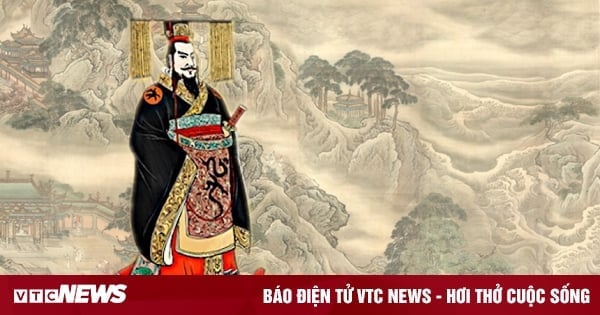
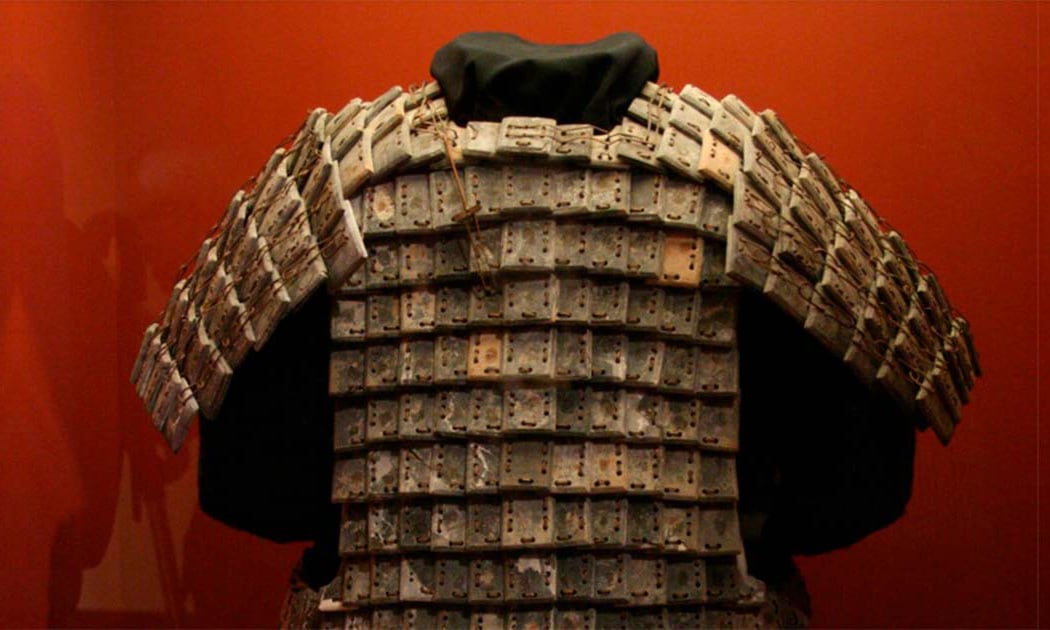


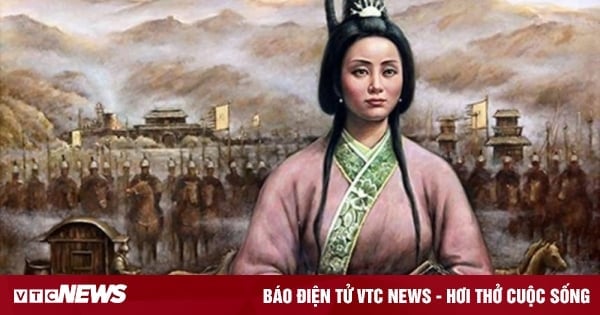
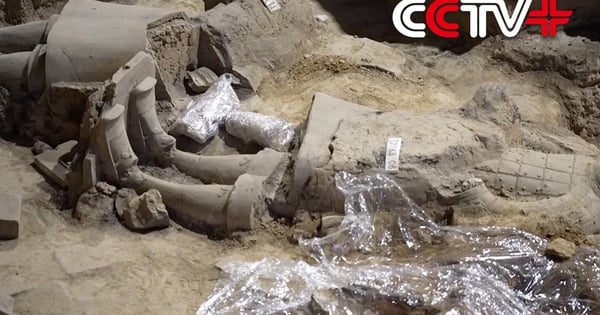

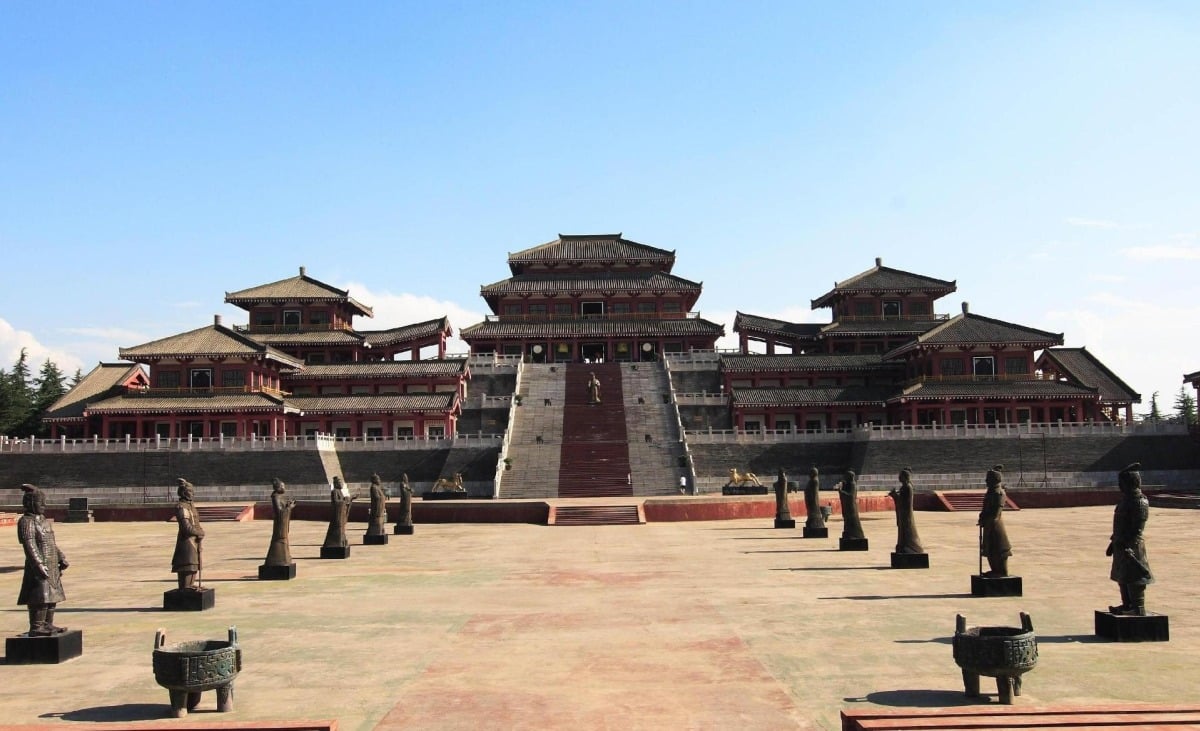




















![[Photo] Prime Minister Pham Minh Chinh chairs Government Conference with localities on economic growth](https://vstatic.vietnam.vn/vietnam/resource/IMAGE/2025/2/21/f34583484f2643a2a2b72168a0d64baa)














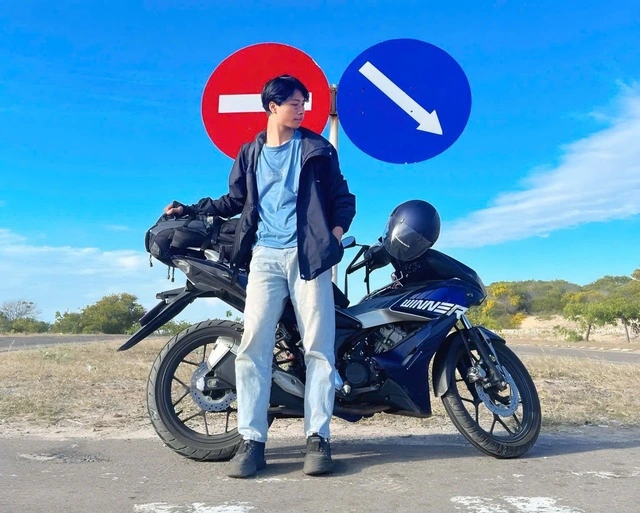

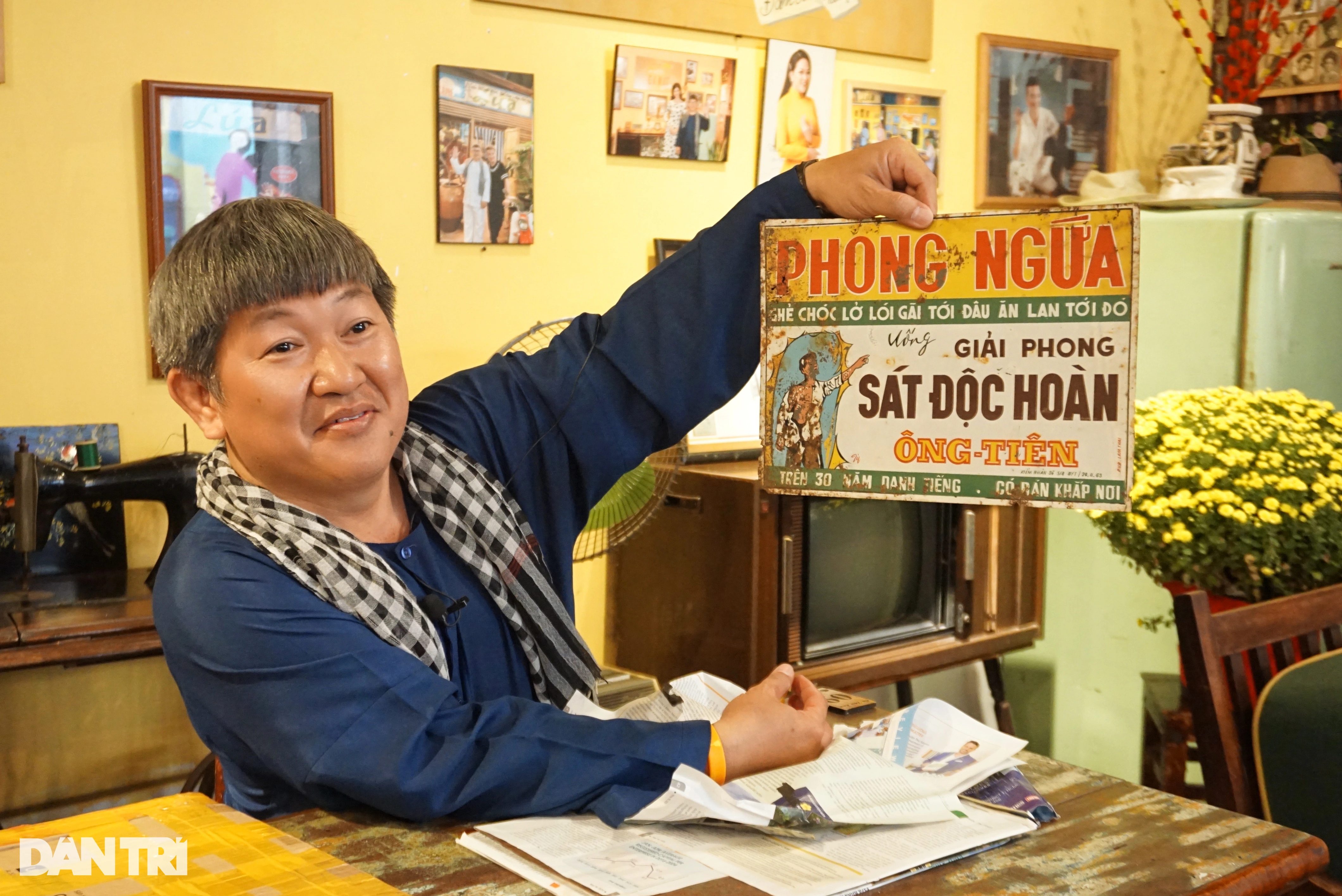











































Comment (0)